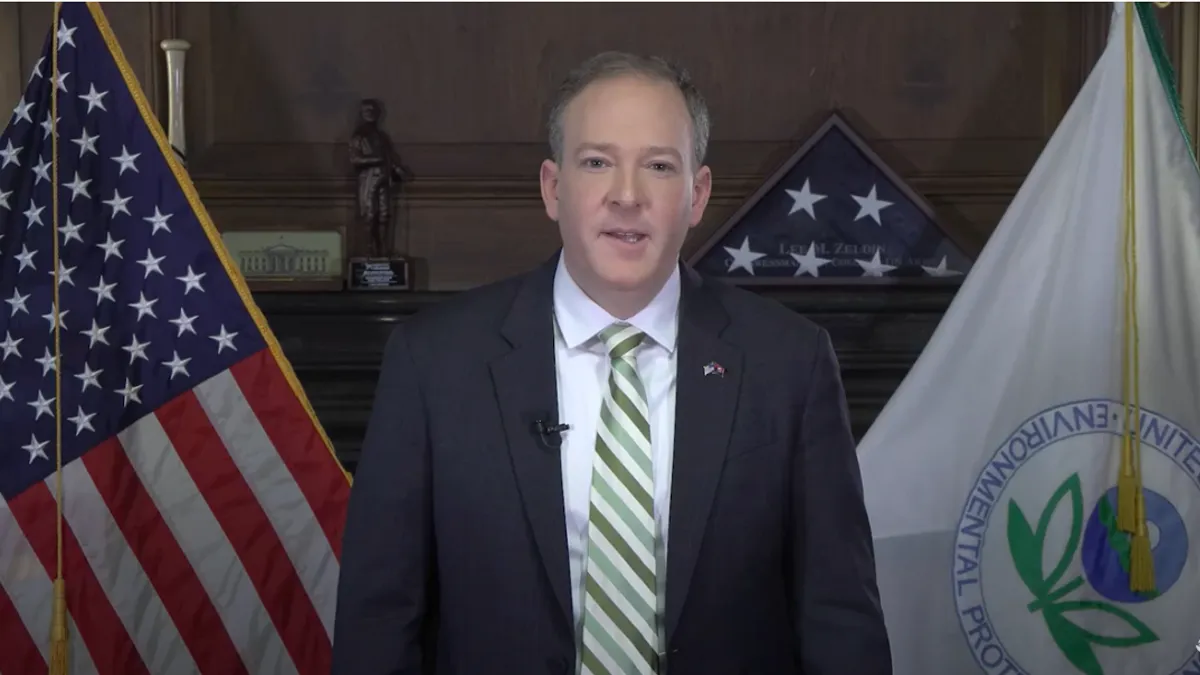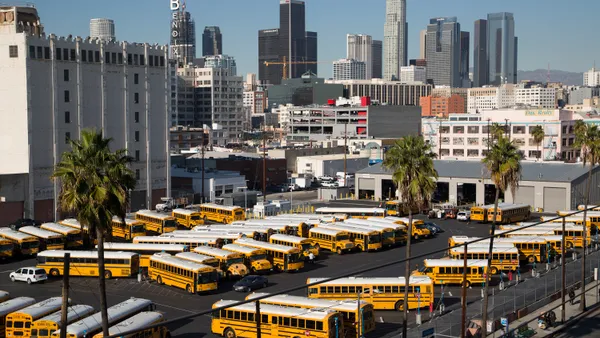The University of Arizona’s undergraduate enrollment has increased in recent years, bucking the declines experienced by many colleges throughout the U.S. For the Tucson region, the university’s home, that upward trend is key.
Higher education institutions are “the most important” element to the economic life of Arizona cities and towns, said Michael Guymon, president and CEO of the Tucson Metro Chamber.
“The University of Arizona is the greatest economic asset that we have in the region,” he said.
The area also hosts Arizona State University facilities, Pima Community College and various trade schools. Those institutions are “extremely important for us to provide much-needed postsecondary education to develop the skills needed for companies to hire the right people and ultimately to succeed,” Guymon said.
Enrollment at colleges and universities throughout the U.S. has dropped significantly in recent years, a trend worsened by the COVID-19 pandemic. And enrollment could continue to drop 5% to 10% a year in the near future, according to Clive Belfield, a professor of education and labor economics at Queens College, part of the City University of New York.
The U.S. is experiencing a declining college-aged population, while rising college costs, student loan debt and a reasonably attractive labor market have prompted some prospective students to avoid higher ed, Belfield said.
College leaders have also grappled with stagnant state funding and pressures to lower tuition, along with stagnant state funding. As a result, since 2016, more than 90 colleges and universities in 34 states have announced or finalized mergers or closures.
These college closures and the declining enrollment can have major ramifications for cities and towns that rely on the vast economic benefits that higher education provides.
Colleges are “primary economic engines” and a major part of the rural economy, said Matthew Wagner, chief program officer at Main Street America, a group that aims to improve the economic viability of downtowns.
A vibrant student enrollment is intrinsically linked to the success of businesses in college towns, said Wagner.
Educational institutions bring in new talent that can fill open positions, and hire local residents, he said. Money is spent locally by students and staff, visiting parents and grandparents and those attending campus sporting events. So does college backend operations that require contracting with local businesses, including restaurants, retail, construction, and various trade and professional services, he said.
The economic stakes in Arizona
Whether enrollment at Arizona colleges and universities grows or declines in future years is a billion-dollar question for the state. A 20% increase in enrollment at Arizona institutions would generate over $5 billion in social gains per cohort, a recent report from Helios Education Foundation and Education Forward Arizona found. The report analyzed a single cohort of nearly 69,000 high school graduates from the class of 2022. Meanwhile, a 10% increase in college completion rates would generate $1.3 billion per cohort, the report stated.
In Tucson, Pima Community College’s enrollment declined at the onset of the pandemic, the college’s website said, especially among students who are racial minorities. The college reported that Pima County had either the lowest or second-lowest percentage of high school graduates by county in the state since 2015.
At the University of Arizona, recent enrollment growth has largely stemmed from out-of-state students, while its share of in-state students has decreased, news site Tucson.com reported.
That trend is coupled with the region’s aging population. Tucson’s population of 16- to 24-year-olds is smaller than the generation before it, Guymon said, making it difficult for companies to fill job vacancies.
“We aren’t seeing the types of numbers we need to fill all of the positions that exist in our region in the short and long term,” said Guymon.
The University of Arizona is neck and neck with Raytheon Technologies for the title of largest employer in Tucson, Guymon said. But for the Tucson business region, the university’s most crucial function is its ability to produce talent, he said.
If fewer students attend the university, employers may no longer see Tucson as a place to grow and could look elsewhere to expand, said Guymon.
The first thing companies looking to relocate or expand do is evaluate whether the city or town has “individuals with the right kind of skills that I can employ today,” Guymon said. If student enrollment were to decline, “they might have second thoughts about expanding here.”
The decline in student enrollment throughout the U.S. has been a slow wave, said Belfield, who co-authored the Helios-Education Forward Arizona report. While first-year student enrollment is low, fourth-year student enrollment has remained steady, he said. As a result, the economic impact fueled by the enrollment decline will also be slow, he said.
Major metro areas that are magnates for college students, such as Boston, Washington, D.C., and Chicago, are not going to be impacted the same as college towns, Belfield said. Arizona’s large public universities like the University of Arizona are also “not going to be in a lot of trouble,” he said.
Online learning is also changing the geographic economics.
“It’s going to take a few years before the wave goes through the college town and really starts closing down amenities," Belfield asked. “What do you need a campus eatery and a whole downtown for if students are all online?”
He expects spending by students to eventually decrease in small college towns, affecting restaurants, pubs and entertainment. The cost of renting a home will also likely drop, he said.
Forming partnerships now
Tucson business leaders are proactively trying to keep University of Arizona students in the region after graduation so they can fill the large number of job vacancies.
The Tucson Metro Chamber, for instance, is working on bringing employers into college classrooms and special events to let students know there are opportunities in the city after graduation, said Guymon. “Sometimes the perception from their standpoint is there aren’t very many opportunities in Tucson,” he said.
Local business and economic development leaders have also launched a campaign aiming to attract new companies and talent to the region, he said.
In small college towns, community and downtown-minded groups need to be proactive and not wait for their local college to present visible signs of sluggishness.
“We need to be engaged right now with our local college leaders,” said Wagner. During those conversations, college leaders need to inform those local leaders about their direction, their strategy, and how the community can best support them.
Legislation could also help some colleges and their local communities.
A bipartisan bill in Georgia would create “prosperity planning districts” around historically Black colleges and universities. The measure aims to use an HBCU's resources to improve the economic and workforce prospects of the surrounding community, such as building new housing on their land, which in return, could generate additional money for the college.
Cities and towns could also support local colleges by creating more downtown housing through creative public-private financing, said Wagner.
And they could work on improving the quality of life for students attending those institutions: providing attractive trails, recreational opportunities, swimming pools, funky local restaurants, and cafes where students can hang out and do schoolwork. Communities can also create opportunities that allow entrepreneurs to mix with students and staff.
“It’s those kinds of efforts that also make a big difference in the ability to attract students and retain enrollment,” Wagner said.




















